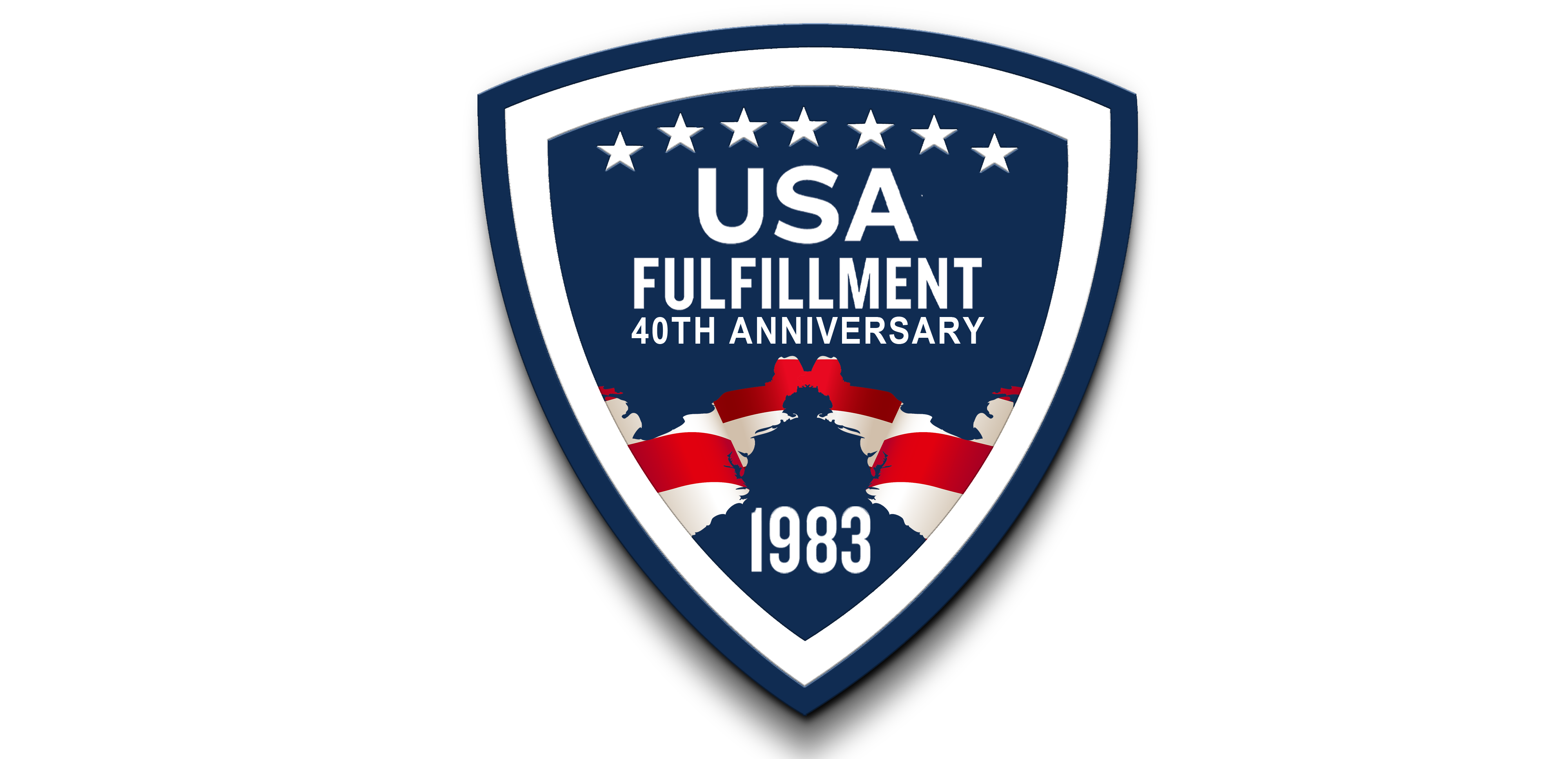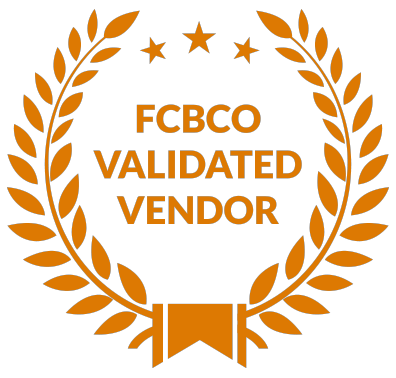3PL Companies: Are You Partnering for Profit or Just Paying for Problems?
3PL Companies: Are You Partnering for Profit or Just Paying for Problems?
…
3PL Companies
When it comes to logistics, are you truly maximizing your partnership with third-party logistics (3PL) companies, or are you just throwing money at issues that could be solved with a better fit? Finding the right 3PL partner can be the difference between a smooth-sailing operation and a logistical nightmare. As e-commerce continues to evolve, it’s essential to assess whether your partnership is working for you—or against you. Let’s dive into what a quality partnership with a 3PL entails, explore the pitfalls of problematic partnerships, and uncover best practices to ensure your outsourcing efforts lead to profit instead of problems.
What Does a Quality 3PL Partnership Look Like?
A robust partnership with a 3PL company should feel like an extension of your business, not just a transactional relationship. Here’s what to look for:
- Clear Communication: Effective communication is key to any successful partnership. A good 3PL will keep you informed about inventory levels, shipping delays, and any issues that may arise. This transparency allows you to make informed decisions and adjust your operations as needed.
- Tailored Solutions: Every business has unique needs. A quality 3PL will take the time to understand your specific requirements and provide tailored solutions that align with your operational goals. Whether it’s specialized packaging, temperature-controlled storage, or last-mile delivery options, a good partner will meet your demands head-on.
- Technological Integration: In today’s digital age, seamless integration of technology is crucial. A reliable 3PL will use state-of-the-art software that integrates with your e-commerce platform, allowing for real-time inventory tracking and automated reporting. This level of tech integration minimizes errors and keeps your operation running smoothly.
- Scalability: Your business will evolve, and your 3PL should be able to grow with you. A flexible partner can adapt to seasonal demand fluctuations, manage product launches, and accommodate growth, ensuring that your fulfillment processes remain efficient and cost-effective.
Partnering for Profit vs. Partnering with Problems
So, how do you tell if you’re in a partnership for profit or simply paying for problems? Here are some key indicators:
Partnering for Profit:
- Positive ROI: Your logistics costs decrease, and your revenue increases as your 3PL optimizes your supply chain.
- Customer Satisfaction: Fast, accurate deliveries lead to happy customers who return for repeat purchases.
- Efficiency Gains: Streamlined processes and reduced operational costs free up resources to focus on your core business.
Partnering with Problems:
- Hidden Costs: Frequent shipping delays and inventory inaccuracies lead to customer complaints and refunds, eating into your profits.
- Lack of Communication: If your 3PL is unresponsive or fails to provide crucial updates, your operation could suffer from costly missteps.
- Limited Flexibility: An inflexible partner can hinder your ability to adapt to changing market conditions, stunting your growth potential.
Assess Current Fulfillment Efforts. Take Quiz Now!
Steps to Implement a Profitable Partnership
Transitioning to a profitable partnership with a 3PL involves a systematic approach. Here’s a step-by-step process to guide you:
- Assess Your Current Situation: Analyze your existing partnership. What are the challenges you’re facing? Where is your operation falling short? This assessment will help you identify what to prioritize in your new partnership.
- Define Your Needs: Create a detailed list of your fulfillment needs, including shipping speed, storage requirements, and customer service expectations. The clearer you are about what you need, the better equipped you’ll be to find the right partner.
- Research Potential Partners: Don’t settle for the first 3PL you come across. Look for reviews, ask for case studies, and seek recommendations. Investigate their technological capabilities, scalability options, and customer service responsiveness.
- Conduct Interviews: Meet with potential 3PL partners to discuss your specific needs. Ask probing questions about their approach to problem-solving, their technology stack, and how they handle customer service.
- Request a Trial Period: Before committing to a long-term contract, consider negotiating a trial period. This will give you a taste of what working with them will be like and whether they align with your expectations.
- Monitor and Evaluate: Once you’ve partnered with a new 3PL, continuously monitor their performance. Establish key performance indicators (KPIs) to evaluate their effectiveness, including delivery times, order accuracy, and customer satisfaction metrics.
Best Practices for Avoiding Common Pitfalls
To make the most of your partnership with a 3PL, consider these best practices:
- Communicate Regularly: Set up regular check-ins to discuss performance, address issues, and celebrate successes. This fosters a strong working relationship and keeps everyone aligned.
- Be Open to Feedback: A quality partner will provide insights into your operations. Be open to their suggestions and use their expertise to optimize your supply chain.
- Stay Informed About Industry Trends: The logistics landscape is always changing. Stay updated on trends and technologies that could impact your operations, and work with your 3PL to adapt accordingly.
The Long-Term Benefits of a Quality 3PL Partnership
Choosing the right 3PL partner is not just a short-term decision; it’s a long-term investment in your business’s success. Here’s why it matters:
- Cost Efficiency: A well-chosen partner can reduce overhead costs by optimizing your supply chain, allowing you to allocate resources more effectively.
- Enhanced Customer Experience: Timely deliveries and accurate orders lead to happier customers, fostering loyalty and increasing repeat business.
- Focus on Core Competencies: Outsourcing logistics to a capable 3PL allows you to focus on what you do best—growing your business—while leaving the complexities of fulfillment to the experts.
Partner Smart, Not Just Cheap
In the world of logistics, not all partnerships are created equal. By assessing your needs, choosing the right partner, and staying engaged in the process, you can turn your 3PL relationship into a powerful profit center instead of a recurring expense. Remember, the right 3PL partner can transform your operations and pave the way for lasting success. So, are you ready to partner for profit?
Interested in learning more? Give us a call, we’d love to chat!




